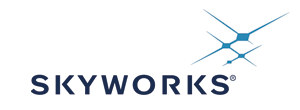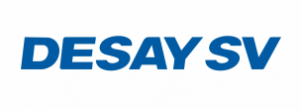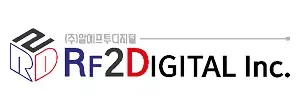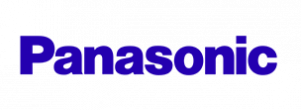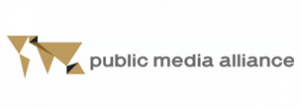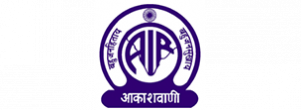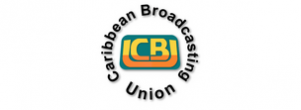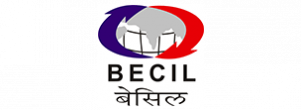[vc_row css_animation=”” row_type=”row” use_row_as_full_screen_section=”no” type=”full_width” angled_section=”no” text_align=”left” background_image_as_pattern=”without_pattern”][vc_column][vc_column_text]To experience first-hand the new digital radio features and business opportunities the DRM digital standard enables, an event with this title was organised by Indian and international hosts in New Delhi on 21st July 2022.
The Association of Radio Operators for India (AROI) and five leading Private Broadcasters in India, representatives of Indira Gandhi National Open University (IGNOU), Indian Cellular and Electronics Association (ICEA), Federation of Automobile Dealers Association (FADA), Micromax – the Cellphone manufacturer, NXP – the chip manufacturer, Technomedia Solutions Private Ltd and Broadcast Engineering Consultants India Ltd (BECIL) – the broadcast system integrators, Inntot Technologies Pvt Ltd – the Indian DRM receiver manufacturer, OptM Media Solutions Pvt Ltd – the broadcast solution provider, and the not-for-profit DRM Consortium were present making this one of the most successful activities undertaken in India and one of the first since the COVID restrictions were imposed.
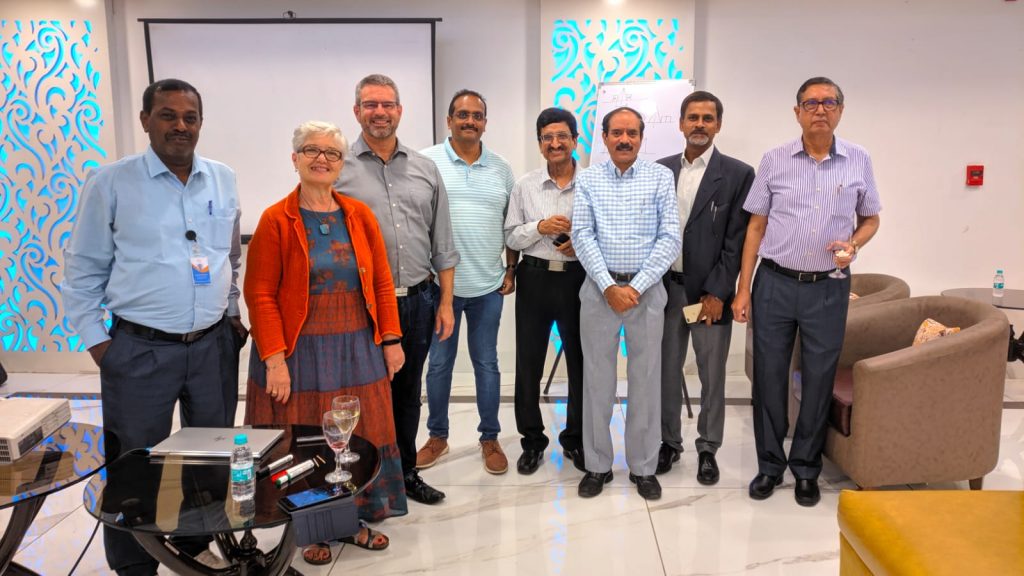
Ms. Ruxandra Obreja, the Chair of the DRM Consortium, while outlining the salient features of the DRM standard, mentioned that DRM is a global open digital radio standard endorsed by ITU. It works in all the radio broadcast bands. It is non-proprietary with full and free access to specifications by all. She added that the DRM standard offers broadcaster independence allowing broadcasters the freedom to broadcast any content without and fee or licenses. There is also no revenue cut, as all technical details are openly standardized. And no technology license is needed to implement products and solutions of DRM.
Yogendra Pal, Hon Chairman of the India Chapter of the DRM Consortium, mentioned that India is the world’s largest digital radio deployment by All India Radio (AIR) with 39 transmitters (35 MW and 4 SW). AIR is also providing some exclusive radio broadcast content (24-hour News), multi-lingual Journaline information and has tested DRM for Emergency Warning Functionality (EWF) signals. He added that DRM digital signals in India today can reach over 90 crore people (900 million) when all the installed transmitters work in full digital operation and over 50 lakh cars (5 million) on the Indian roads (from Maruti Suzuki, Hyundai, Mahindra, Toyota, MG Hector and Mercedes Benz) have already DRM radio reception facility – at no extra cost to buyers. He further added that the Starwaves DRM SoftRadio app is now available in various Android app stores to upgrade existing phones for DRM reception, and that Gospell, Starwaves, Inntot and many other DRM desktop receiver manufacturers are producing various models of the standalone DRM receivers.
Keeping in view the recommendations of the Telecom Regulatory Authority of India (TRAI), the regulator for broadcasting, that private Bboadcasters should be allowed to go digital in the FM band, three different ways to introduce DRM digital FM band were successfully demonstrated to the Committee set up by Prasar Bharati/AIR last year – i) broadcast of up to 18 audio services in DRM digital from a single FM transmitter, ii) broadcast up to 12 audio services in DRM digital along with a service in analogue and iii) broadcast of up to 15 audio services in DRM digital in the white space between the two analogue FM transmitters. Broadcast of multimedia content along with the digital audio services was demonstrated, including DRM’s Journaline advanced text application with support for all Indian scripts through Unicode. He added that DRM standalone receivers as well as car radios already available in the Indian market for the reception in the DRM in the MW band, have been proven to be software-upgradable (without any hardware changes) to receive DRM in FM band, too. Reception on DRM in FM band in any type of Android mobile phone, laptop and tablet was also demonstrated with an external dongle and installation of an already commercially available DRM Radio App. He added that DRM’s efficient digital transmission results in huge savings in transmission power and thus distribution cost as demonstrated; only about one-tenth power of DRM transmitter is sufficient in digital to deliver same coverage as existing analogue transmissions.
Detailing the technical features and benefits of the DRM standard, Mr. Alexander Zink, Vice-Chairman of the DRM Consortium, mentioned that DRM is most efficient in terms of spectrum usage as one DRM block requires about 100 kHz (half the bandwidth of analogue FM) for 4 services (up to 3 audio and 1 multimedia). Each block represents a single broadcaster who has full control of the spectrum and content. DRM is a pure digital broadcasting system. He clearly and practically outlined its flexibility in terms of power and spectrum allocation.
He detailed how the DRM FM allows for simulcasting DRM FM and FM analogue from the same transmitter without the need of replacing the existing FM transmitter. This demonstrates, said Mr. Zink, how DRM is fully compliant with TRAI licensing model for both DRM FM and simulcast cases; it is also compliant with existing CTI infrastructure with maximum power and spectrum efficiency.
Mr. Alex Zink demonstrated to all those present in Delhi the features of DRM in the FM on a large number of standalone receivers, a car radio, Android mobile phones and tablets. Reception of DRM FM in a car was also demonstrated.
Mr. Alex Zink mentioned that DRM FM offers so much more than the existing analogue FM as it enables the broadcast of station Logos, service description, Text Messages, text based Journaline information service and Slide Show images, in addition to excellent audio service in stereo. Outlining the new revenue opportunities, Mr. Alex Zink mentioned first the opportunity to widen the target audiences, to address new markets, to offer an enhanced radio experiences for winning over more listeners by providing 5.1 surround sound on radio, immersive ads, sports and music. Linking audio ads with detailed Journaline content and sponsored ads and Journaline interactivity for polls, phone participation, coupon codes, webpage links etc. along with Journaline’s unique ability to specifically target audience groups for matching ad placements are among the many new business and revenue opportunities enabled through DRM digital radio caught the attention and excited the participants in the July 21st event.
Outlining the huge distribution cost savings potential of DRM, a key point was referring to the Operational Expenses (OPEX), which are about 5 times larger than the Capital Expenses (CAPEX) of the broadcast infrastructure, but which can be greatly reduced with DRM digital. Citing an example of a broadcaster who has 3 nation-wide FM programs, 29 sites each with 10 kW analogue FM power, he outlined that Digital FM saves over 1 million US$ per year for this broadcaster.
The participants took a keen interest in the presentations, demonstrations, and the lively discussions. They got a very good opportunity to debate not only how the DRM system can maintain the established FM environment but also how it defines and advances the future of FM broadcasting: i) to create whole new revenue sources besides audio-ads, ii) to enable targeted broadcasting while increasing overall audiences and iii) to cut distribution costs significantly while still very flexible to adopt.
Involving commercial broadcasters in practical demonstrations of sharing same infrastructure and introducing DRM at reduced spectrum and energy use, while giving receiver manufacturers a chance to develop innovative solutions, will be the next step in digitising the FM broadcast in India and firmly establishing it as a core medium of the 21st century.[/vc_column_text][qode_advanced_image_gallery type=”slider” enable_image_shadow=”no” space_between_items=”large” slider_loop=”yes” slider_autoplay=”yes” slider_padding=”no” slider_navigation=”yes” slider_pagination=”yes” images=”11648,11647,11646,11645,11644,11643,11642,11641,11639,11638,11637,11636,11634,11633″ image_size=”full”][/vc_column][/vc_row]


